Oleksandr Berezko is a Ukrainian photographer and holds a PhD in computer science. His portfolio includes a great blend of lifestyle and conceptual content that captures vibrant colors, rich moments shared between friends and family, as well as private moments of individuals expressing themselves creatively. Oleksandr has previously won the 500px Imagine the Possibilities Quest.
Q: How do you balance your background in technology with the creativity you find within photography?
A: Working with technology and being a part of the academic community gives me unique creative opportunities, which are rarely available for outsiders. On the other hand, photography opens new doors serving as a networking catalyst.
Q: How do you interpret the shift you’ve seen in tech advertising as technology becomes increasingly integrated in our daily activities and lives?
A: Technology is becoming more and more human-centric. Edges between people, businesses, and things are getting blurred, leading to new experiences both at work and at home. Many new concepts can be illustrated only in an indirect or abstract way setting new creative challenges.
Q: When it comes to equipment, what’s your camera of choice?
A: I’m an old fan of Sony Alpha cameras.
My professional photo journey started with Sony A57, a decent entry-level DSLR, which taught me everything. And it’s still functioning quite well after all the years and tough situations!
Now, my main camera is a mirrorless Sony A7III, which I highly recommend to all fellow photographers. Saying that, I continue my experiments with mobile and film photography using my father’s rich collection of vintage film cameras, including medium format ones. I even used to have issues with the luggage control in airports when trying to bring this heavy and suspicious equipment with me—as much as possible, of course.
Q: When behind the lens, what are you looking for when deciding to hit the shutter?
A: When with a camera in hand (and often without), my eyes become a perpetual viewfinder framing the visible reality in all the possible ways. This condition is sure to be familiar to many photographers—including the desire to foresee the next moment in order to catch the scene the best way possible. Being in this flow state, behind capturing shapes and shades, I always try to spot a story worth telling.
Q: Break down this shoot for us. What were your goals here, and what were you trying to articulate through this series?
A: Offline communication used to be such fun before the pandemic. In September 2019, I had the honor to be invited to the academic conference in Poland near the city of Wroclaw. The event was intended to bring together early-career researchers from different European countries to share ideas in diverse research areas.
During the sessions, I noticed several bright participants who radiated optimism and debated with genuine interest. “What color is in a picture, enthusiasm is in life”, so I asked them to continue their dispute in front of my camera in an empty auditorium between sessions. They eagerly agreed. The midday sun provided enough light in the room, and I asked my friend to assist me with my collapsible light reflector. However, as our location was available for a very limited period, the whole photoshoot lasted around 20 minutes. Although no one likes haste in the creative process, I must admit, that limitations often inspire creativity.
What is this series about? Communication, ideas, togetherness—of course. But also, about the will to take challenges on the desired path with undying enthusiasm despite any stereotypes linked to disability, skin color, or gender. On top of that, this story aims at bringing attention to early career researchers as a vulnerable group with specific problems and needs, currently not sufficiently represented in available visual content.
Q: Would you consider this to be one of your favorite types of shoots?
A: Yes! Authentic models in their “natural environment” is a perfect combination. I like working with people, and prefer “perfect strangers” to professional models.
Q: What makes this a strong contender in the stock photo world? Can you list three qualities within the series that contribute to its commercial appeal?
A: Well, in my opinion, the old mantra “shoot people doing things” will always be relevant in stock photography. Secondly, try not to over-process the lifestyle imagery to avoid unnatural looks. Finally, the sometimes-annoying copy space is really needed by designers. Try to create a “hero banner” image for your website, or effective social media ad, and you will quickly understand why photobanks push creators to leave some “air” in their content.
Q: What are some key differences you can spot between contemporary commercial content when compared to traditional stock photography?
A: When the modern stock photography market emerged around 20 years ago with the launch of platforms we now know as the biggest players in the field, the very creation of technically acceptable photographs wasn’t an easy task due to lack of affordable technology. For example, producing an “apple isolated on white background” style picture (a potential then-bestseller) would cost lots of investment of time and money.
With the advent of good, reasonably priced equipment, including mobile phone cameras (allowing enthusiastic amateurs to enter the game) and market oversaturation with professional but soulless content, the focus of many stock photo buyers shifted from “pictures” to “photography”. Real people as models, non-staged-looking scenes, and explicit demand for “not to look like (traditional) stock” are among the stable trends. Also, some customers are searching for what they cannot produce themselves, say, with the latest iPhone during a coffee break in the office. This makes space for good photography, where the skill, and not megapixels, matters the most.
Q: What is your favorite photo from your 500px Licensing portfolio, and why?
A: It’s totally impossible for me to select a favorite one, but I want to share the short story about this photo from 2016. This was one of my first attempts to take retouching seriously, and I spent about two full days (sic!) trying to make the model’s disheveled hair look more like a hairdo. I wasn’t satisfied with the result and left the hair in the original state, as you can see. Of course, now I see much space for improvement in this image, and not only hair-wise. However, this failed experiment taught me many new retouching methods and became a real skill booster. I recommend trying your best, and making an extra step even if you are unsure of the result. In this manner, you will earn your 10,000 hours much quicker (according to a popular theory, it takes that many hours to become an expert in a field).
Q: What advice would you give to those considering 500px Licensing for the first time?
A: Don’t expect quick results—licensing is more of a long term investment. Try to upload regularly, not forgetting about the quests which are used for content curation and can be great promotion for your photos on 500px. Good luck!
Not on 500px yet? Click here to learn about Licensing with 500px.

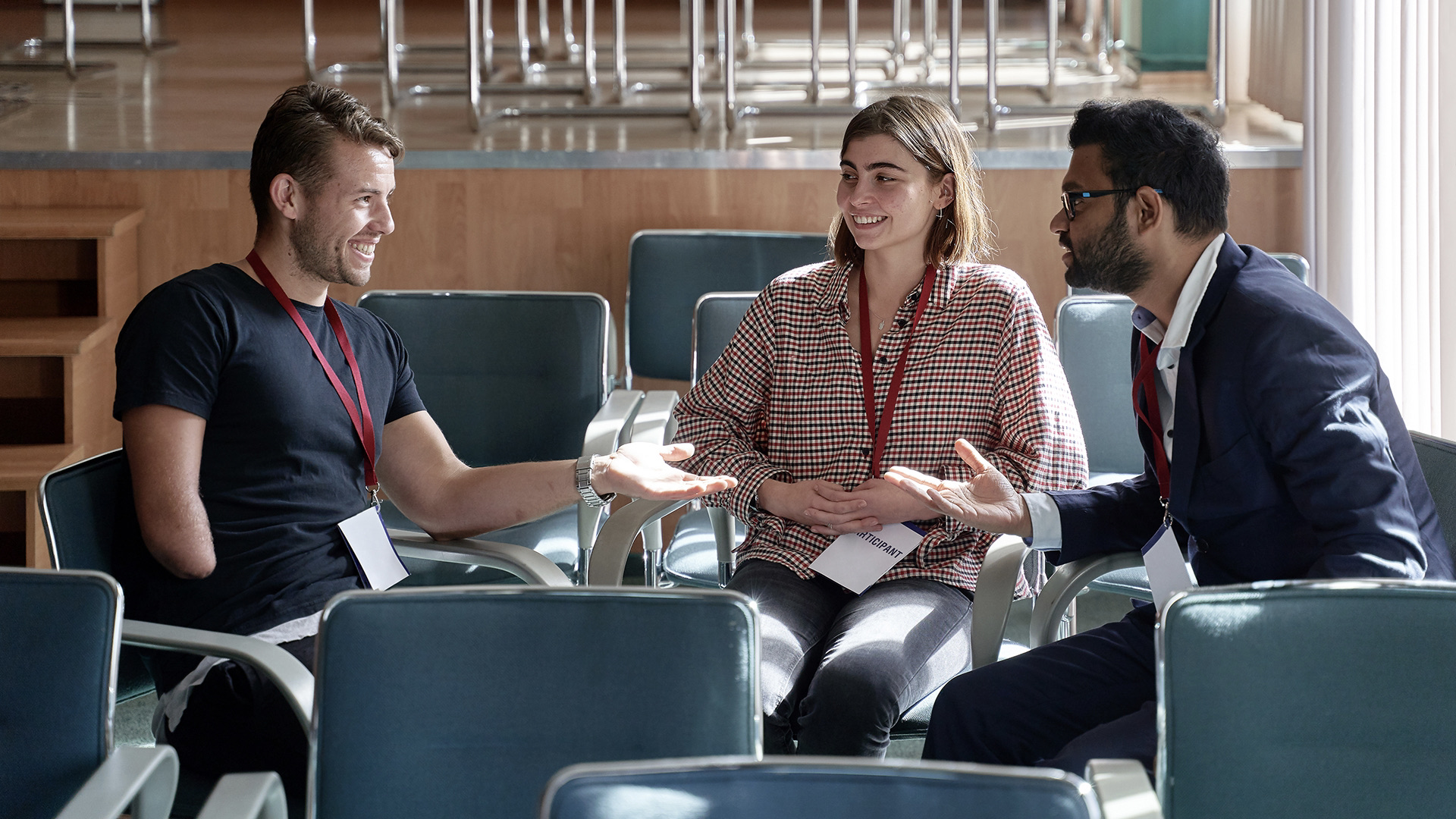
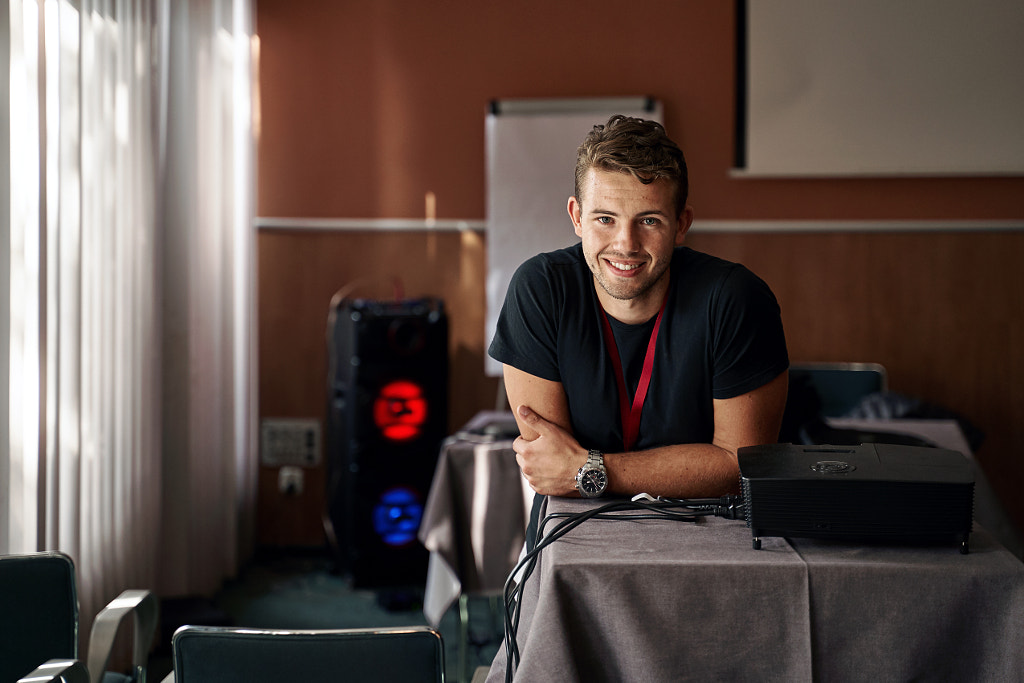
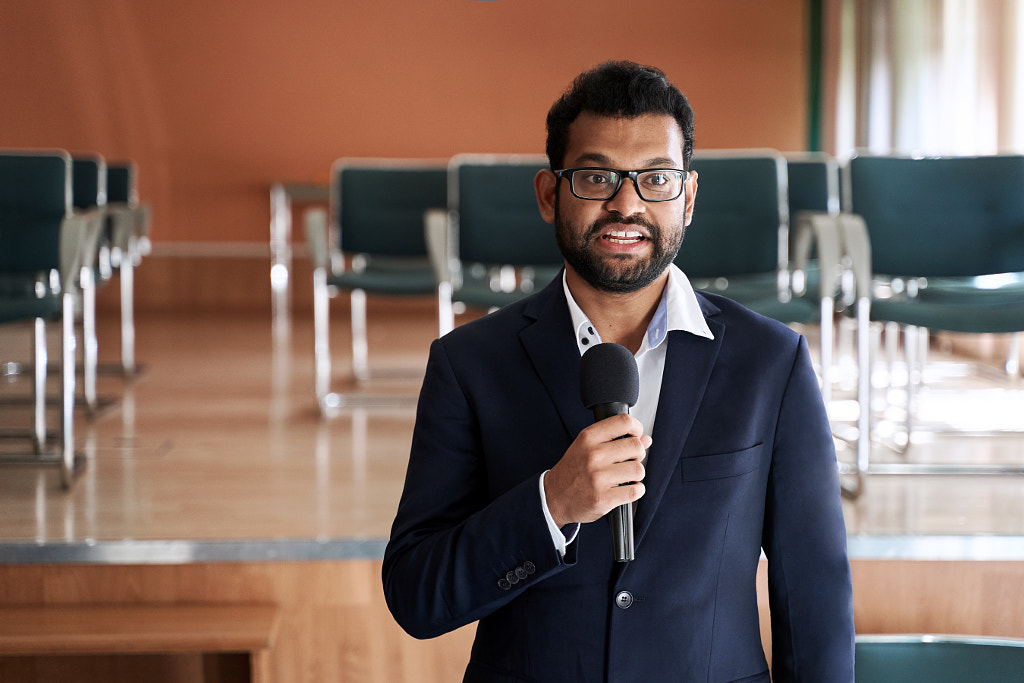
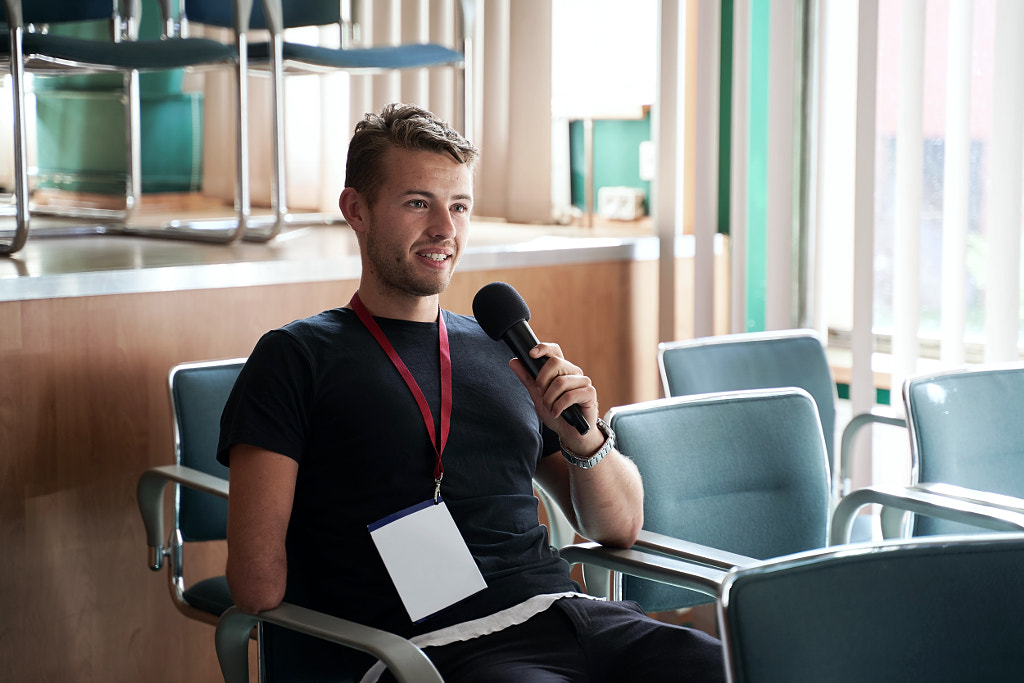
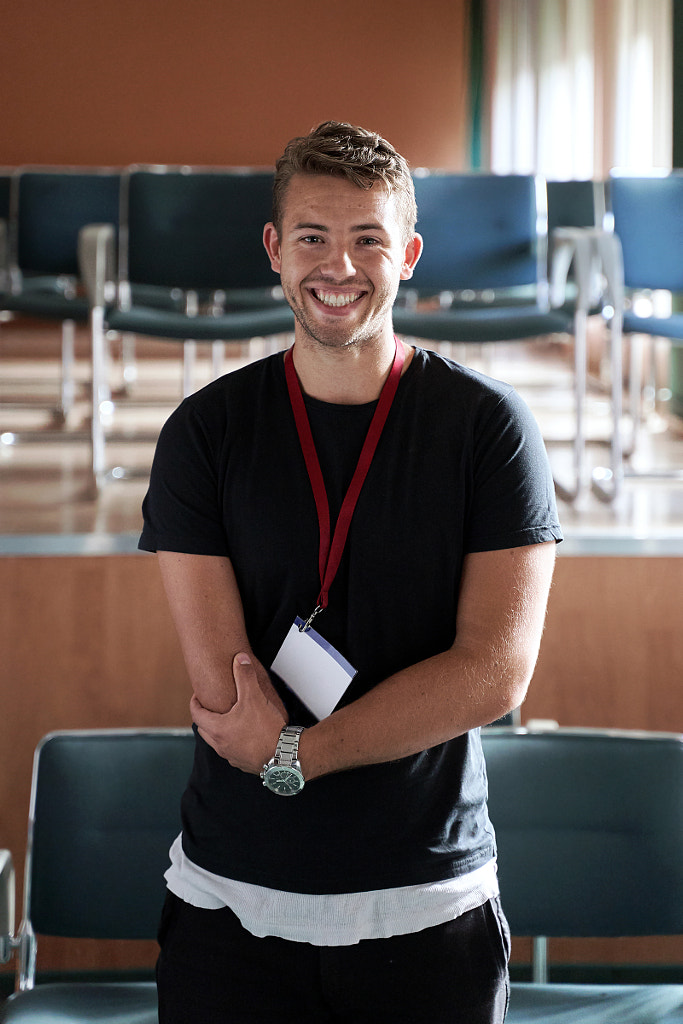
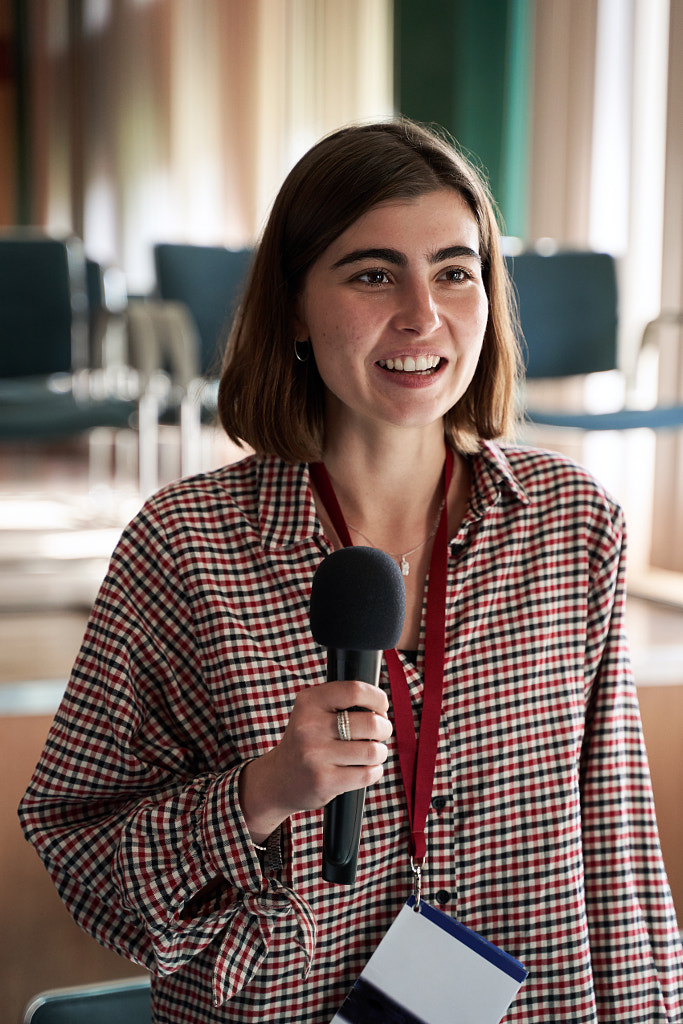
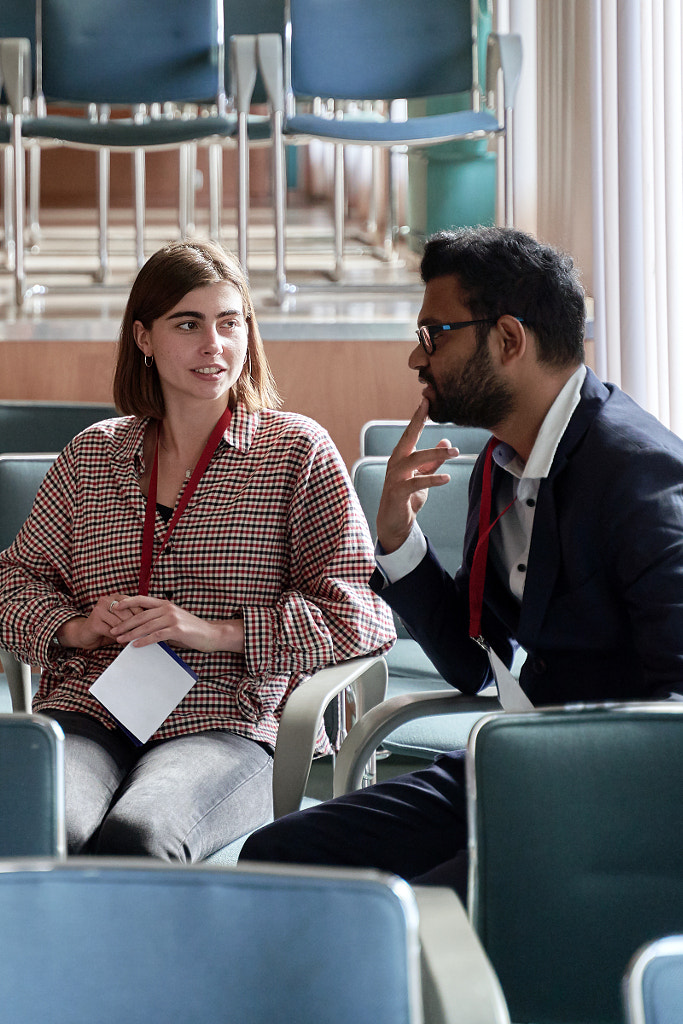

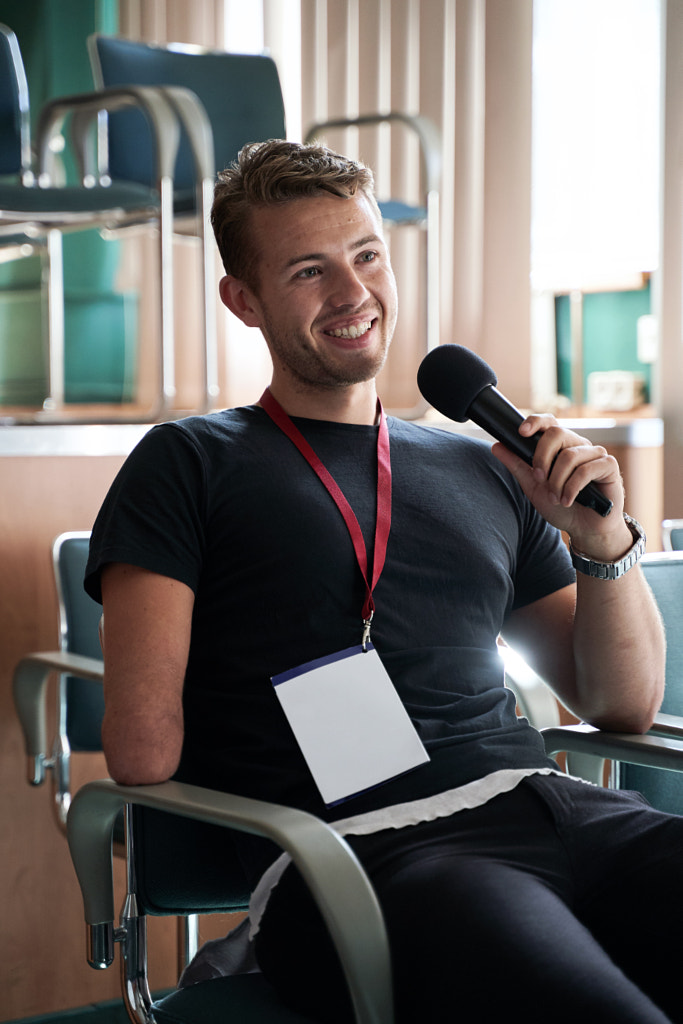
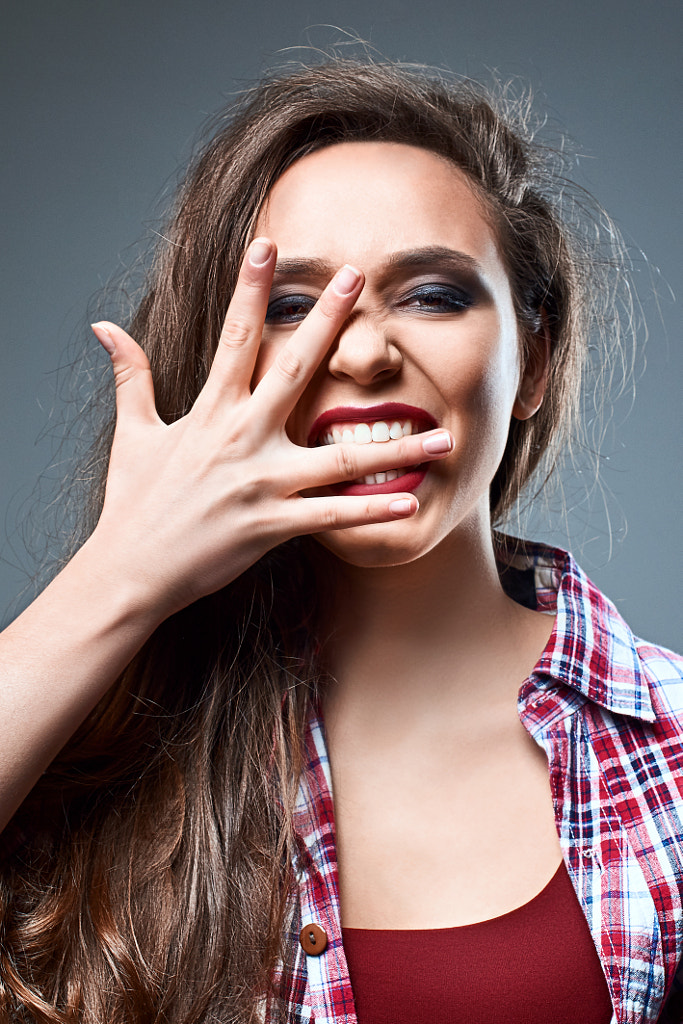
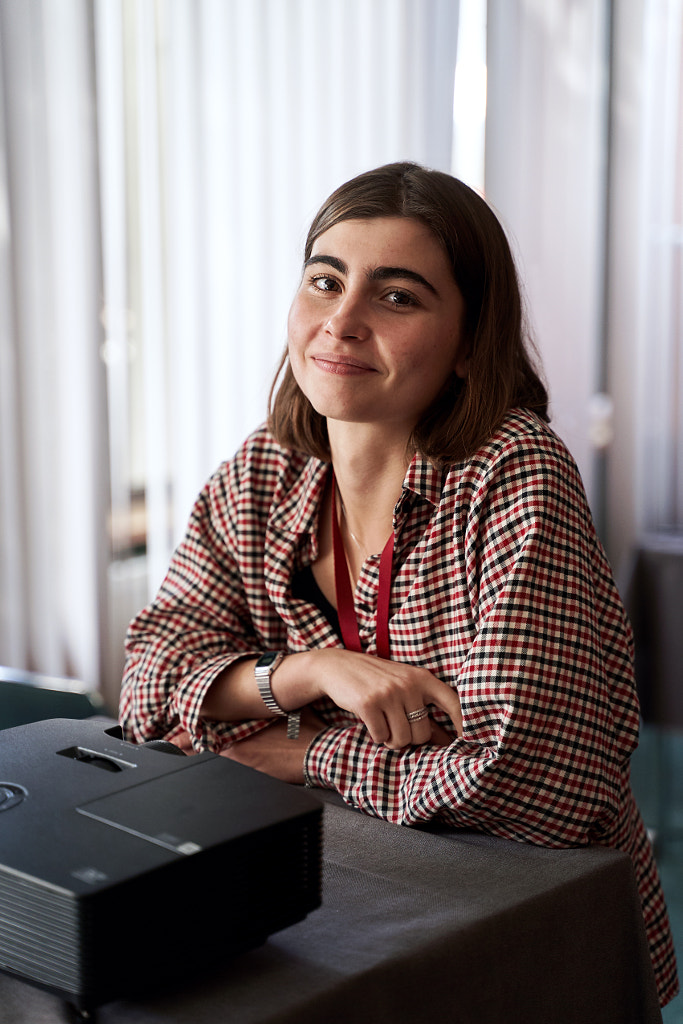
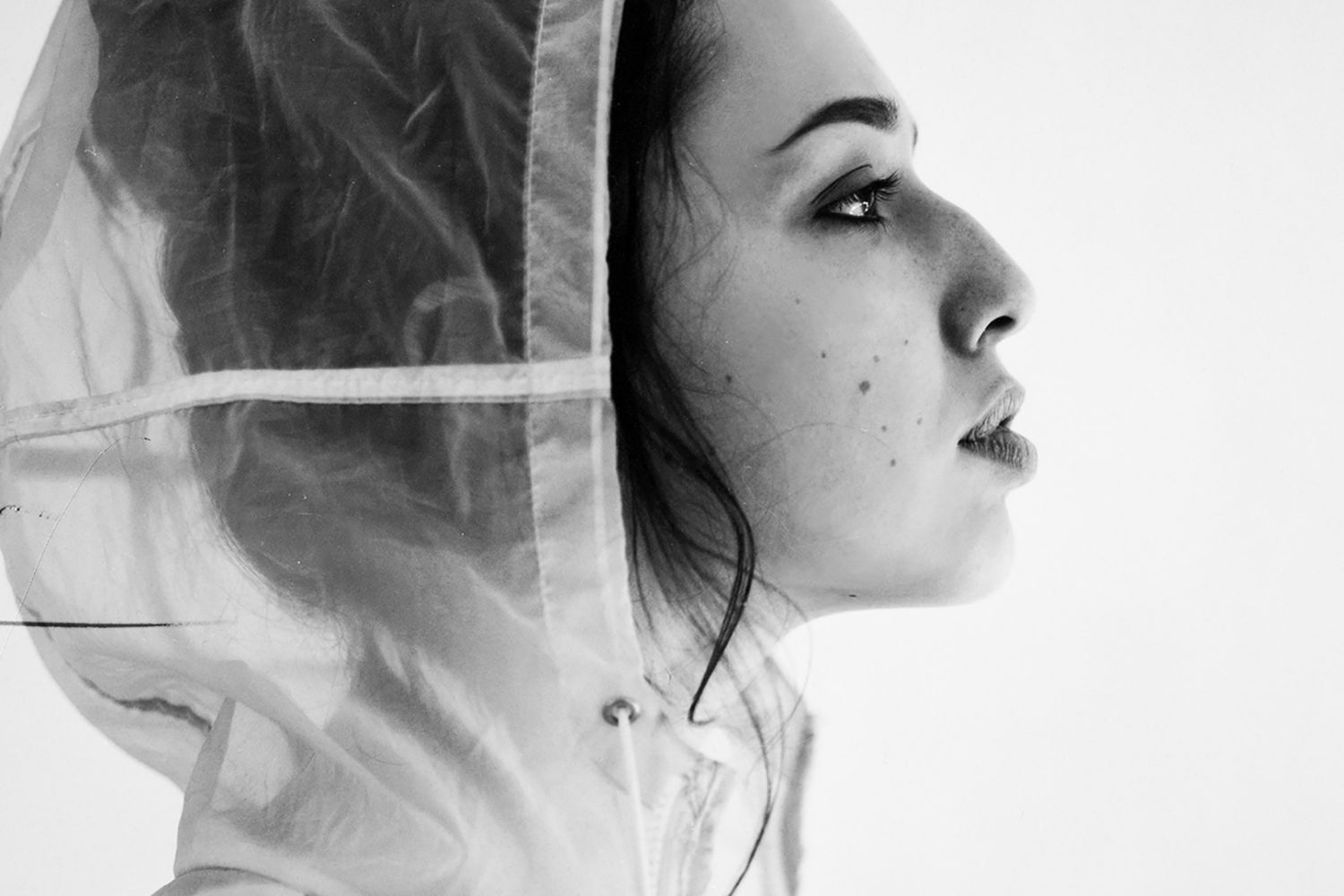



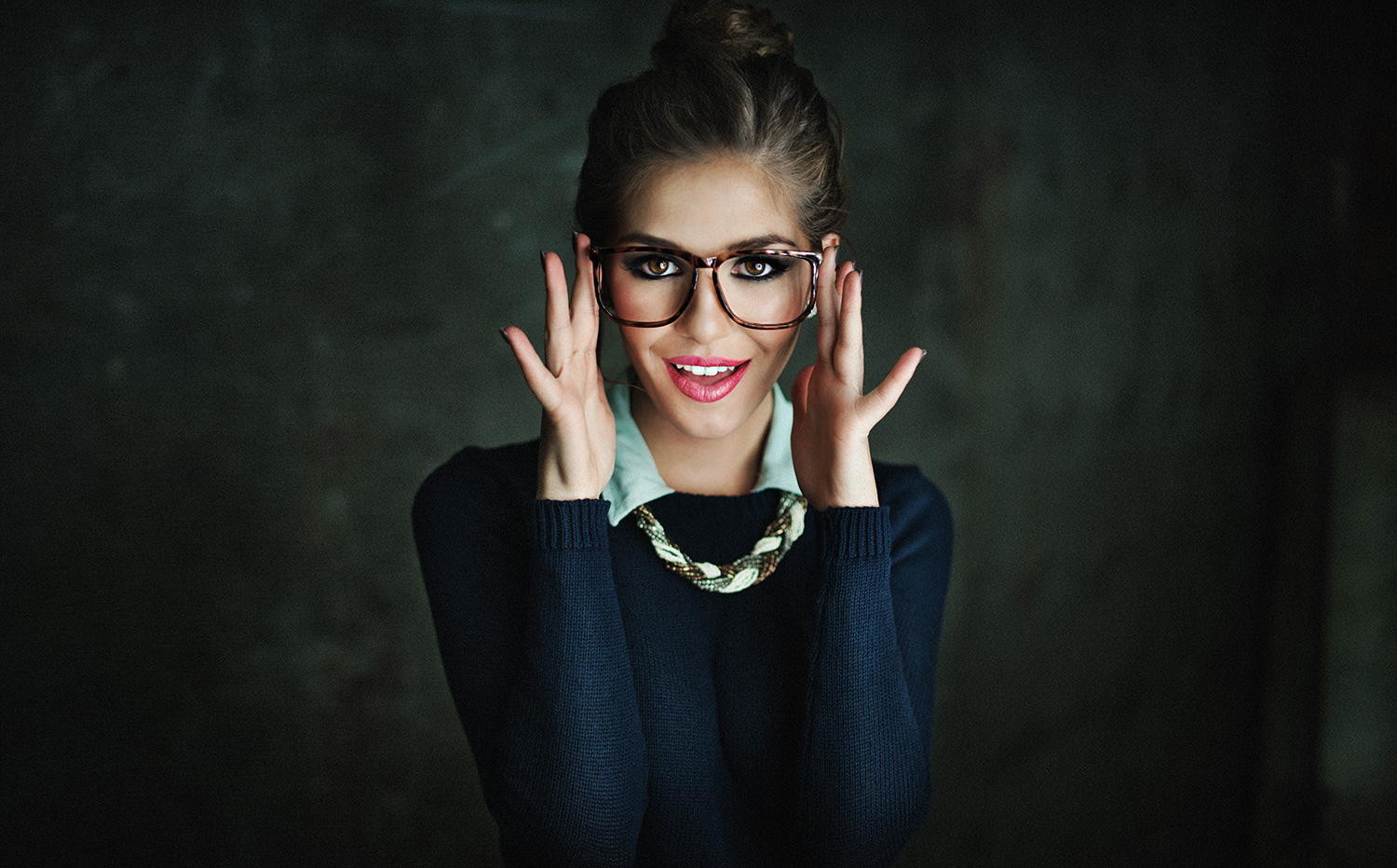
Leave a reply